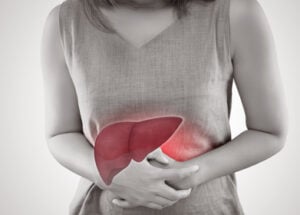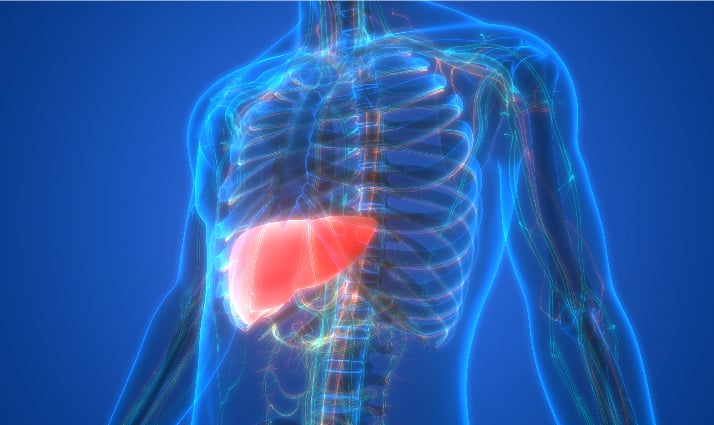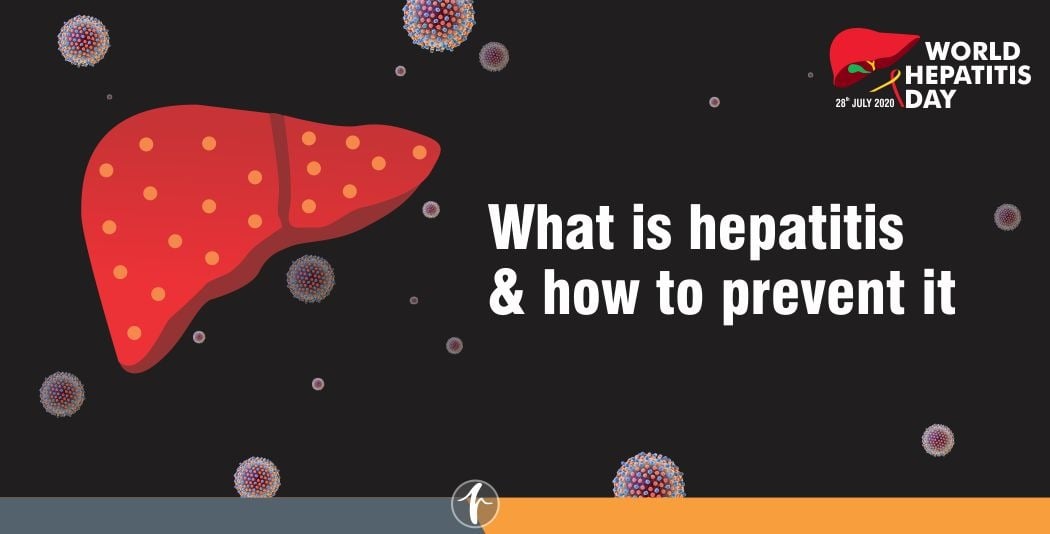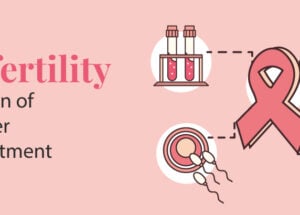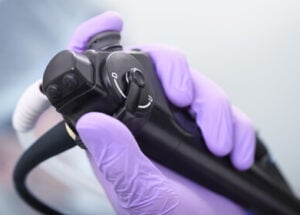Liver Cirrhosis: Life Expectancy, Risk Factors & Diet
September 12, 2019

Liver cirrhosis a late-stage consequence of liver disease caused due to scarring and damage to the liver. This scarring may eventually prevent the liver from functioning correctly, leading to liver failure. Many things can eventually lead to cirrhosis. As the risk factors increase, the likelihood of developing cirrhosis increases. Some of the risk factors include:
- Increased consumption of alcohol over a long period of time puts people at a higher risk for developing cirrhosis.
- Chronic Infection with Hepatitis C, or D, leading to liver inflammation and injury that.
- Non-alcoholic Fatty Liver Disease, where fat cells build up in the liver and eventually lead to scarring
- Primary Biliary Cirrhosis where the blockage of the bile ducts causes bile to back up and damage liver tissue.
- Hepatic Congestion where conditions such as heart failure or constrictive pericarditis can cause congestion within the liver and eventually lead to scarring.
- Numerous inherited disorders including:
- Hemochromatosis
- Wilsons disease
- Alpha-1 antitrypsin deficiency
- Galactosemia
- Glycogen storage diseases
- Cystic fibrosis
- Budd-Chiari syndrome
- Autoimmune Hepatitis
Cirrhosis is a progressive disease, meaning it gets worse over time. Depending on how severe it is, cirrhosis can have an effect on life expectancy.
There are several ways to help determine the potential life expectancy of someone with cirrhosis. Two of the most popular ones are the Child-Turcotte-Pugh (CTP) score and the Model for End-stage Liver Disease (MELD) score.
- CPT score: Doctors use a patient’s CPT score to determine whether they have class A, B, or C cirrhosis. Class A cirrhosis is mild and has the longest life expectancy. Class B cirrhosis is more moderate, while class C cirrhosis is severe.
- MELD score: The MELD system helps to determine the risk of death in people with end-stage liver disease. The measurements used to get a MELD score include bilirubin, serum sodium, and serum creatinine.
For someone with cirrhosis, a liver transplant can add years to their life expectancy. However, liver transplant is the last resort.
As perceived prevention is better than cure. Liver cirrhosis is one of the diseases that can be prevented with diet and life style changes. Dietary changes include:
- Eliminating all alcohol
- Eliminating saturated fat and red meat
- Eliminating all non-skim dairy products
- Eliminating trans-fat and all hydrogenated oils
- Eliminating salt.
- Eliminating all added dietary sugar
- Eliminating processed grains, no white flour or white rice
- Eat lots of fruits and vegetables
ALWAYS Rela Hospital
Rela Hospital, one of the best hospitals for liver transplantation in Chennai as well as one of the best places for liver cirrhosis treatment in Chennai, has multidisciplinary team of specialists work together to evaluate and treat each individual. Rela Hospital’s liver cirrhosis specialists in India is one of the largest and most deeply experienced in the world. Our patients tell us that they consider Rela Hospital the best liver cirrhosis treatment hospital in India and we believe in the words of our patients.




